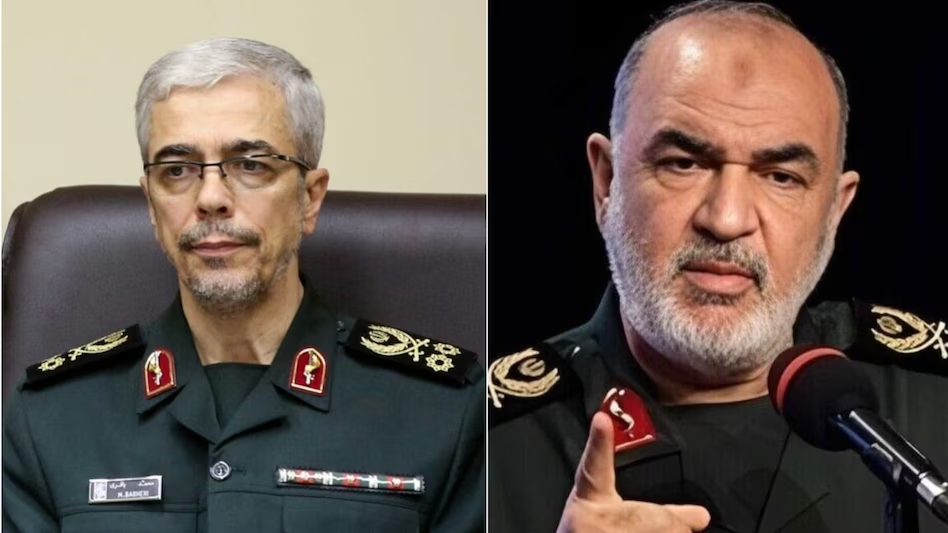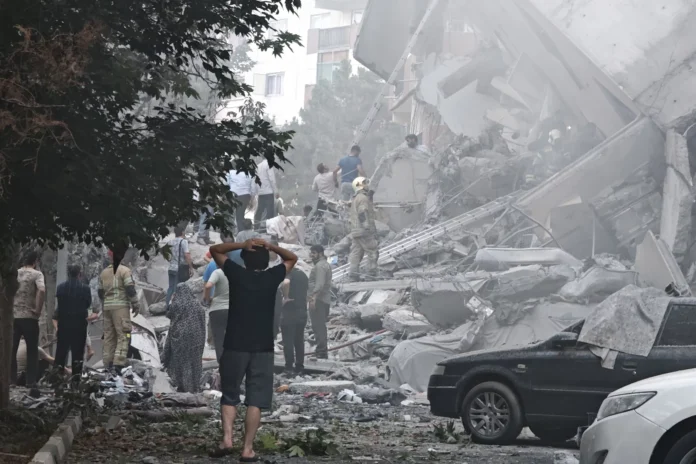Israel initiated a massive military campaign against Iran on June 13, 2025, striking nuclear facilities, military sites, and key figures. Over 200 aircraft deployed 330 munitions across 100 targets to dismantle Iran’s nuclear and military capabilities. Dubbed Operation Rising Lion, the operation aims to eliminate what Israel considers a severe threat. Prime Minister Benjamin Netanyahu, Israel’s leader, declared, “This operation will continue for as many days as it takes to remove this threat.” The attacks have intensified regional conflicts, disrupted U.S.-Iran nuclear discussions, and elicited strong promises of retaliation from Tehran.
Striking Iran’s Nuclear and Military Sites
Israel’s airstrikes targeted Natanz, Iran’s primary uranium enrichment facility, demolishing underground centrifuge halls critical to its nuclear program. The Israeli Defense Forces stated, “Natanz… contains the infrastructure required for enrichment to a military-grade level.” Strikes also hit ballistic missile production sites, air defense systems, and command centers, notably in Bid Kaneh. The IDF reported, “Dozens of launchers, surface-to-surface missile storage sites, and additional military facilities were destroyed.” These actions sought to weaken Iran’s capacity to respond militarily and advance its nuclear objectives.
Killing Iran’s Top Leaders
Israel’s campaign assassinated Iran’s senior military and scientific leaders, disrupting the nation’s command and control systems. The strikes killed Mohammad Bagheri, Hossein Salami, Gholam Ali Rashid, and Ali Shamkhani, pivotal military and advisory figures. An unnamed Israeli official explained, “The fact that there was nobody to give the order neutralized an immediate Iranian response.” Nuclear scientists, including Mohammad Mehdi Tehranchi and Fereydoun Abbasi-Davani, also perished, aiming to stall Iran’s nuclear expertise development. Iran’s limited response of 100 drones highlighted the chaos caused by these targeted killings.

U.S. Involvement and Strategic Ambiguity
The United States denied direct participation in the strikes, claiming it only received prior notification from Israel. Secretary of State Marco Rubio emphasized, “We are not involved in strikes against Iran and our top priority is protecting American forces in the region.” However, an unnamed Israeli official asserted, “We had a clear U.S. green light,” indicating behind-the-scenes coordination. President Donald Trump, U.S. leader, confirmed, “Heads-up? It was, we know what’s going on.” This contradictory messaging reveals a U.S. strategy that supports Israel while maintaining diplomatic distance.
Trump’s Pressure for Nuclear Agreement
Trump perceives the strikes as a tool to compel Iran to accept a restrictive nuclear deal. He remarked, “Maybe now they will negotiate seriously… They should have made a deal.” The U.S. shifted its negotiating position to demand zero uranium enrichment, mirroring Israel’s stance. Trump urged, “Iran must make a deal, before there is nothing left.” Iran’s government responded defiantly, stating, “The world now better understands Iran’s insistence on the right to enrichment, nuclear technology, and missile power,” rejecting compromise.
Iran’s Retaliation and Regional Dangers
Iran’s initial retaliation, launching 100 drones, exposed its disrupted leadership but does not rule out further escalation. Iranian leaders vowed, “Iran will take revenge and Israel will pay a heavy price.” Iraqi Shiite leader Muqtada al-Sadr cautioned, “Continued ‘aggression’ would threaten the future of the entire region.” Iran might launch missile attacks or covert operations targeting Israeli infrastructure, such as Ben Gurion Airport. If Gulf states support the U.S.-Israel alliance, the conflict could expand, endangering regional oil facilities and stability.
Economic Consequences
The strikes caused global economic disruptions, with oil prices jumping 13 percent to $78 per barrel before settling at $74. Iran, Iraq, and Israel closed their airspaces, halting regional travel and trade operations.
Mossad’s Secret Operations
Israel’s Mossad executed covert missions inside Iran, sabotaging air defenses and missile launchers to support the airstrikes. An Israeli intelligence official disclosed, “The drones were activated and launched toward surface-to-surface missile launchers… destroying ballistic missiles there before they could be launched.” Mossad’s network, including Iranian operatives, smuggled drones and weapons into Iran months earlier. These operations secured Israel’s air dominance during the strikes, limiting Iran’s immediate counterattacks. Mossad’s extensive infiltration highlights Israel’s intelligence superiority in the region.
Unraveling Middle East Stability
Israel’s attacks have inflicted significant damage on Iran’s nuclear and military infrastructure, killing key leaders and scientists. The strikes disrupted Iran’s ability to respond swiftly, but Tehran’s promises of retaliation signal potential for further conflict. The U.S.’s ambiguous role—denying involvement while enabling Israel—has derailed nuclear negotiations with Iran. Economic disruptions and the sidelining of Gaza’s crisis compound the region’s challenges. The Middle East faces an uncertain future as tensions between Israel, Iran, and their allies threaten broader instability.

